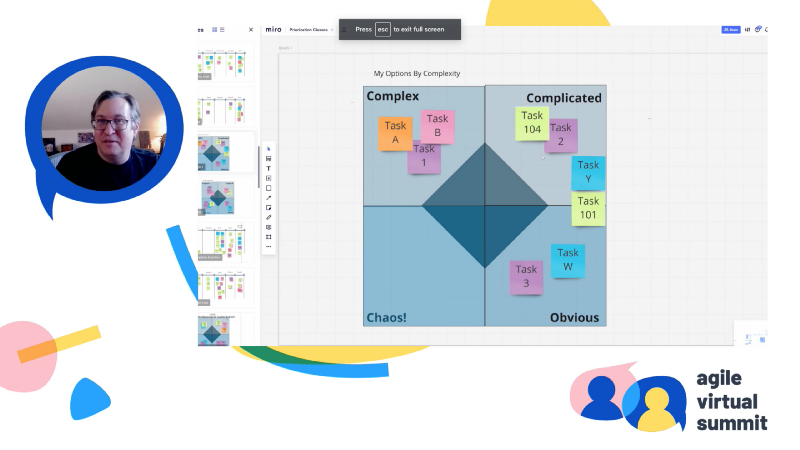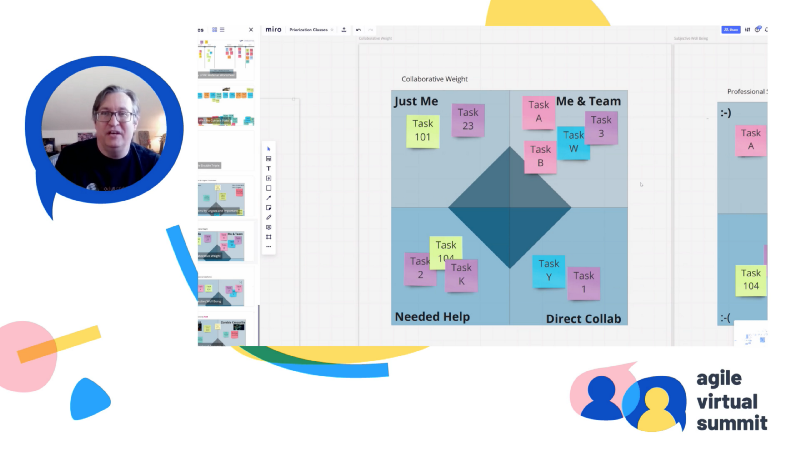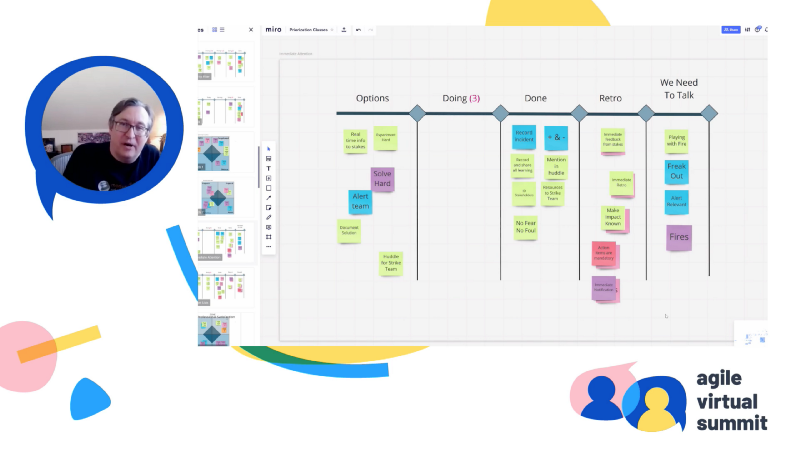
Collaboration is key to providing a clear picture
In my first story ‘User Experience is …’ I promised that …
"over the course of a few stories, I’ll try and cover a few of the sciences we draw upon in our art as a creative community to create engaging experiences."
And I’ve previously covered a few stories which have a collaboration theme running through them from User Experience being a partnership in learning through its use of using design thinking, sprints and frameworks effectively all the way though to defining a good product roadmap. Collaboration is key along the way, in particular where we are not the sole owners but have some shared ownership.

Collaboration is key to providing a clear picture
So in short the simple answer is ‘always’. Most of the time there is value in getting a different perspective, someone with a different background, a different belief system and different priorities to collaborate with. As they will ask questions, you’ve never thought about. This is also great for diversity, inclusion, social and cultural awareness.
But having this mindset it’s all too easy to enter into too many cooks spoiling the broth and get decision paralysis and the whirlpool that is design by committee. I guess that where deciding when it’s most valuable to collaborate and who with, comes in.
Recently Jim Benson, who’s the co-author and creator of Personal Kanban and the co-creator of Lean Coffee, talked about how to collaborate effectively by focusing more on each other at the Agile Virtual Summit.
Here, Jim talked through using the Cynefin framework to place tasks into the 4 quarters, to avoid feeling lost and being in a world of disorder or chaos.
Using others to collaborate with can provide the certainty to move a task from being complex or complicated into the it being obvious, or a least better understood it, to move it from complex to … well, just complicated!
Collaboration in this way can not only make a task more certain, but also enables you to share this with the team collaborating on it, to understand the problems and the product better.

Collaborating by professional satisfaction
Next Jim talked about collaboration around professional satisfaction, where if you’re not professionally satisfied by the task and you feel it should be better, well then you should also look to collaborate to move a task from something you’re not satisfied to something that you are satisfied with.

Collaborating based around professional satisfaction
Finally, Jim then talked about who you need to collaborate with, talk to, have a meeting with to make something more understood.

Collaborating based around group size or weight
So that helps to move tasks from being options to look at all the way through to done, using collaboration along the way to know when to talk and collaborate and who with in order to make something more understood.

Collaborating based around when you need to talk in order to get stuff done
All of these perspectives were really useful to have when thinking about collaboration, when to collaborate and who to collaborate with. That just leaves how to collaborate, which is the topic that discussed in User Experience is … facilitating and how to reboot your remote working.
It’s always one I’ve struggled with. Getting the right balance between many hands to make light work, more heads are better than one and too many cooks spoil the broth. But this looks to be a great way of guiding and enabling a decision to be made when is the best time to collaborate.
Next up I’ll continue to try and provide some more useful insights and resources for the design community by looking at influencing product strategy and planning.
Originally written as part of the ‘User Experience is …’ series for UX Collective.